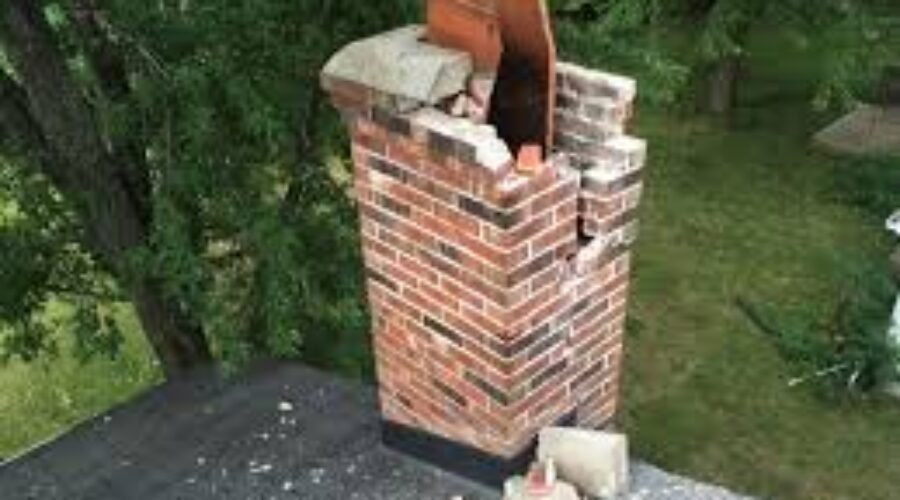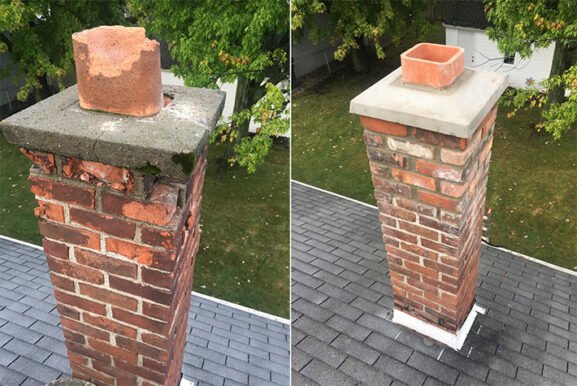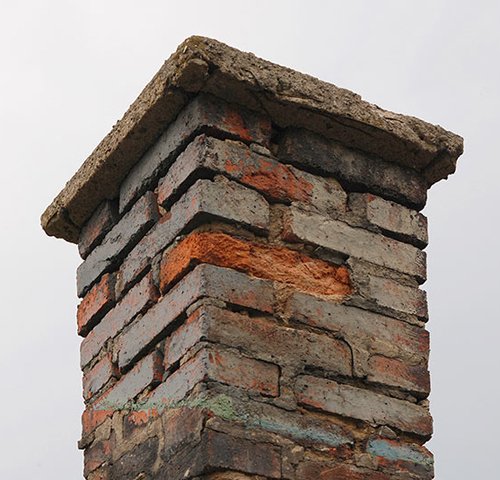Why You Shouldn’t Wait to Fix a Cracked Chimney in Your Home
Key Takeaways
- Cracked chimneys can lead to serious structural issues and fire hazards if not repaired promptly
- Early detection and assessment help reduce long-term repair costs
- Repair methods depend on the type, location, and severity of the crack
- Regular inspections and weatherproofing can prevent chimney cracks from forming or worsening
Recognizing the Risks That Come with a Cracked Chimney
A chimney crack might not seem like an urgent problem at first. But if left untreated, it can lead to dangerous situations like moisture intrusion, flue blockages, or even chimney collapse. These cracks often develop over time due to freeze-thaw cycles, settling of the foundation, or poor construction. In some cases, chimney fires can also contribute to cracking by causing extreme heat stress.
It’s important to remember that your chimney is more than just a brick column. It’s an integral part of your home’s heating and ventilation system. A cracked flue liner or masonry wall can allow toxic gases like carbon monoxide to enter your living space, making the damage both a structural and health concern.
How to Identify the Type and Severity of Chimney Cracks
Before you start any repair, it’s important to understand what type of crack you’re dealing with. Not all chimney cracks are the same. Some are cosmetic, while others are signs of serious structural damage.
Hairline Cracks in the Mortar or Crown
These are usually small and develop due to weather exposure. While minor, they can still allow water to seep in, especially during rainy or snowy seasons.
Vertical Cracks in the Bricks or Masonry
These are more serious. They often signal that the structure is under stress or settling unevenly. Vertical cracks can worsen quickly if ignored.
Cracks in the Chimney Liner
These are invisible from the outside and often go undetected until a chimney inspection is done. A cracked liner is a fire hazard, especially if you’re burning wood.
Cracks at the Base or Flue Area
These are usually structural and require more intensive repair. They can destabilize the entire chimney system if not fixed promptly.
Hiring a certified chimney sweep or technician to assess the damage is always the safest route. Organizations like the Chimney Safety Institute of America offer directories of certified professionals you can trust.
Repairing Minor Surface Cracks with Chimney Sealants
If the crack is minor and only affects the surface, a high-quality masonry sealant can often do the trick. These products are specifically designed to bond with brick and mortar, sealing out moisture and preventing the crack from spreading.
Before applying any sealant, the chimney should be thoroughly cleaned of dirt, soot, and debris. A wire brush can help scrub the area, and it’s crucial to wait for dry weather so the sealant adheres properly.
Choose a breathable, water-resistant sealant that allows trapped moisture to escape while keeping rain out. Avoid generic caulks, as they often can’t handle the high temperatures that chimneys endure.
Tuckpointing and Repointing for Damaged Mortar Joints
When the cracks extend into the mortar joints between bricks, tuckpointing is often necessary. This process involves scraping out the damaged mortar and replacing it with new mortar that matches the original in composition and color.
Tuckpointing does more than improve appearance—it restores the chimney’s structural integrity. It also helps prevent water from getting behind the bricks, which can lead to spalling (where bricks begin to flake or break off).
This method should be carried out by someone experienced in masonry work, especially for older chimneys where historical integrity needs to be preserved.
Rebuilding Sections of a Severely Damaged Chimney
In some cases, especially where large vertical cracks or leaning are involved, partial or full rebuilding may be the only safe option. This typically involves removing the damaged section of the chimney and reconstructing it from the ground up using new bricks and mortar.
While more labor-intensive and expensive, this is often necessary when cracks compromise the core stability of the chimney. It’s not a DIY project—improper rebuilding can create bigger issues, including improper venting or collapse during harsh weather.
A well-executed rebuild also allows for upgrades like installing a new flue liner or adding waterproofing to increase the lifespan of the chimney.
Repairing a Cracked Chimney Liner
A cracked flue liner is one of the more dangerous types of chimney damage. If not repaired, it can allow heat and smoke to escape into surrounding walls or attic spaces, increasing the risk of fire.
There are a few ways to address this:
1. Relining with a Metal Insert
This involves placing a new stainless steel or aluminum liner inside the existing flue. It’s a popular option due to its durability and compliance with modern building codes.
2. Cast-in-Place Liners
This method uses a cement-like material that is poured into the chimney flue and allowed to harden. It’s effective for reinforcing older or misshapen chimneys.
3. Clay Tile Replacement
If your original liner was clay and only one or two tiles are damaged, a professional may be able to replace them without doing a full relining. However, this is usually more complex and may not be cost-effective.
Regardless of the method, a proper chimney inspection with a camera scope is the best way to determine the extent of liner damage before repairs are made.
Why Preventive Maintenance Makes All the Difference
Once you’ve repaired the chimney, the next step is keeping it protected. Chimneys take a beating from the elements, especially in regions with harsh winters or seasonal storms.
Here are some practical tips to avoid future cracks:
- Install a chimney cap to prevent rain, snow, and animals from getting inside
- Apply a waterproofing agent to the exterior bricks to reduce moisture absorption
- Get annual chimney inspections to catch early signs of wear or damage
- Trim nearby tree branches to prevent debris buildup and reduce water pooling on the crown
Many chimney issues start small and go unnoticed until they become expensive problems. Consistent maintenance is the most cost-effective way to keep your chimney safe and functional.
Staying Ahead of Repairs Protects Your Whole Home
Repairing a cracked chimney isn’t just about fixing bricks. It’s about protecting your home from fire risks, water damage, and structural issues. Acting quickly when cracks appear saves you money in the long run and ensures your home stays safe and efficient throughout the year.
Whether you’re facing a small surface crack or a major structural issue, the key is knowing what to look for and acting with the right repair strategy. And if you’re ever unsure, reaching out to a qualified professional is always worth the investment.


